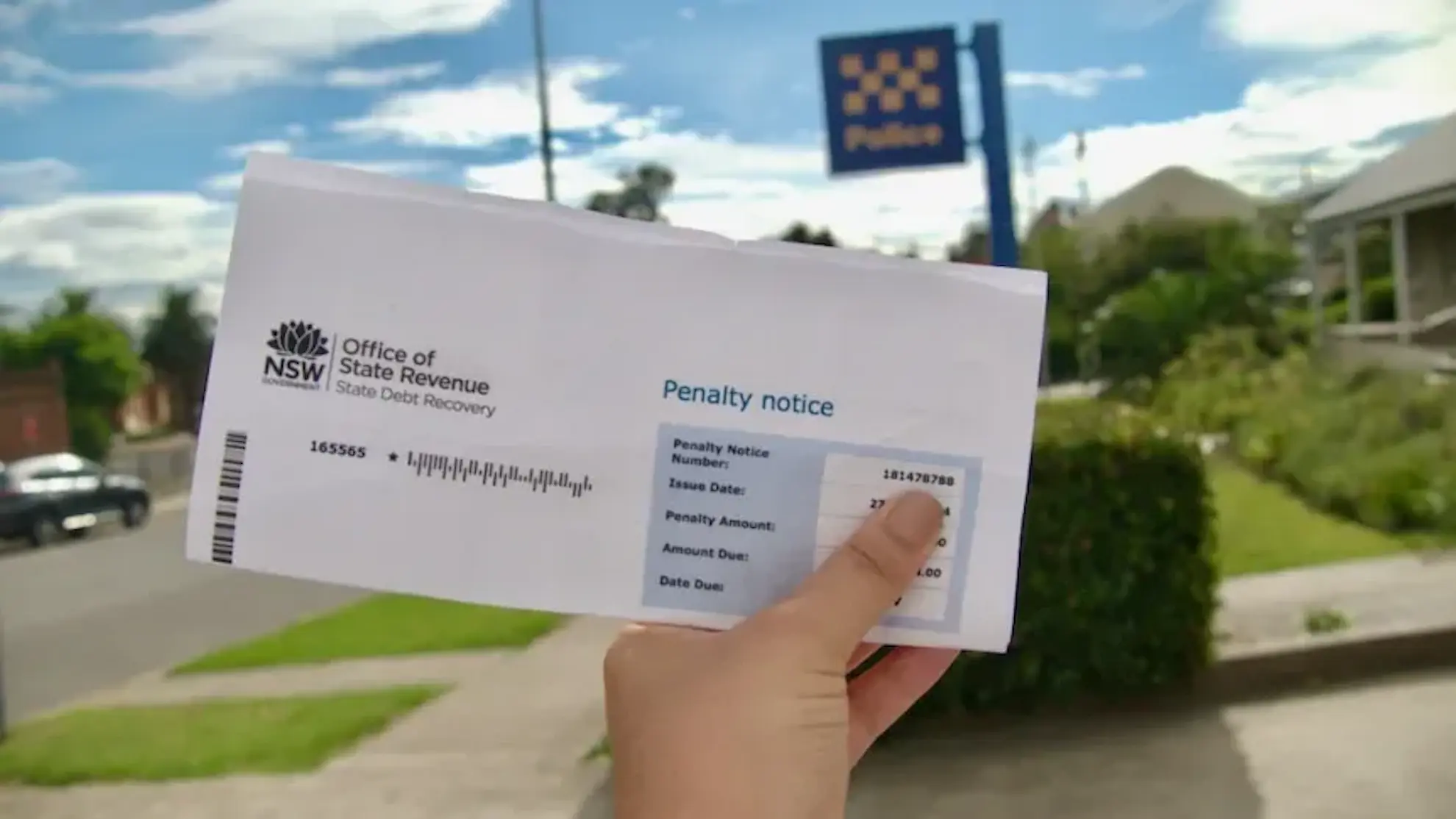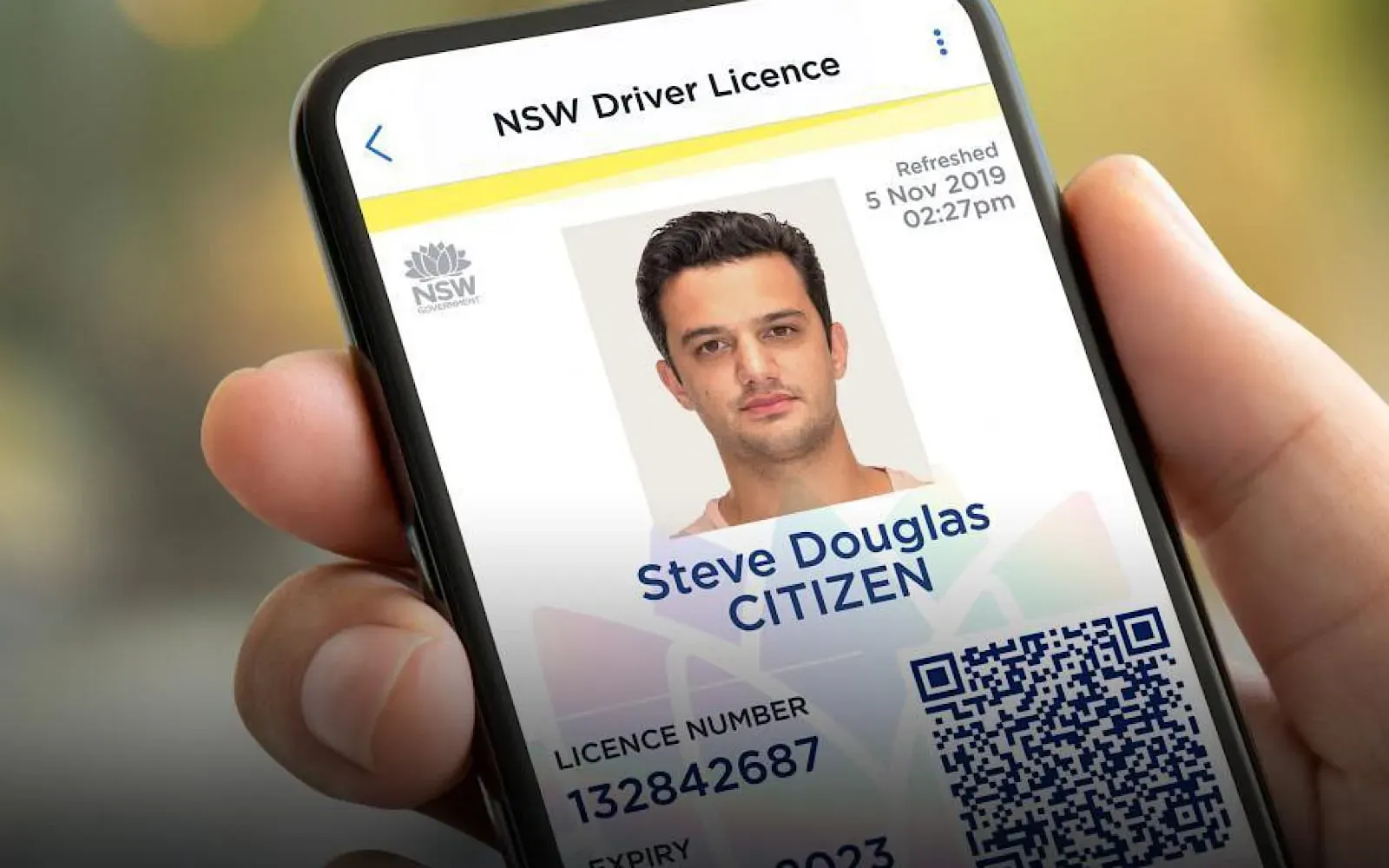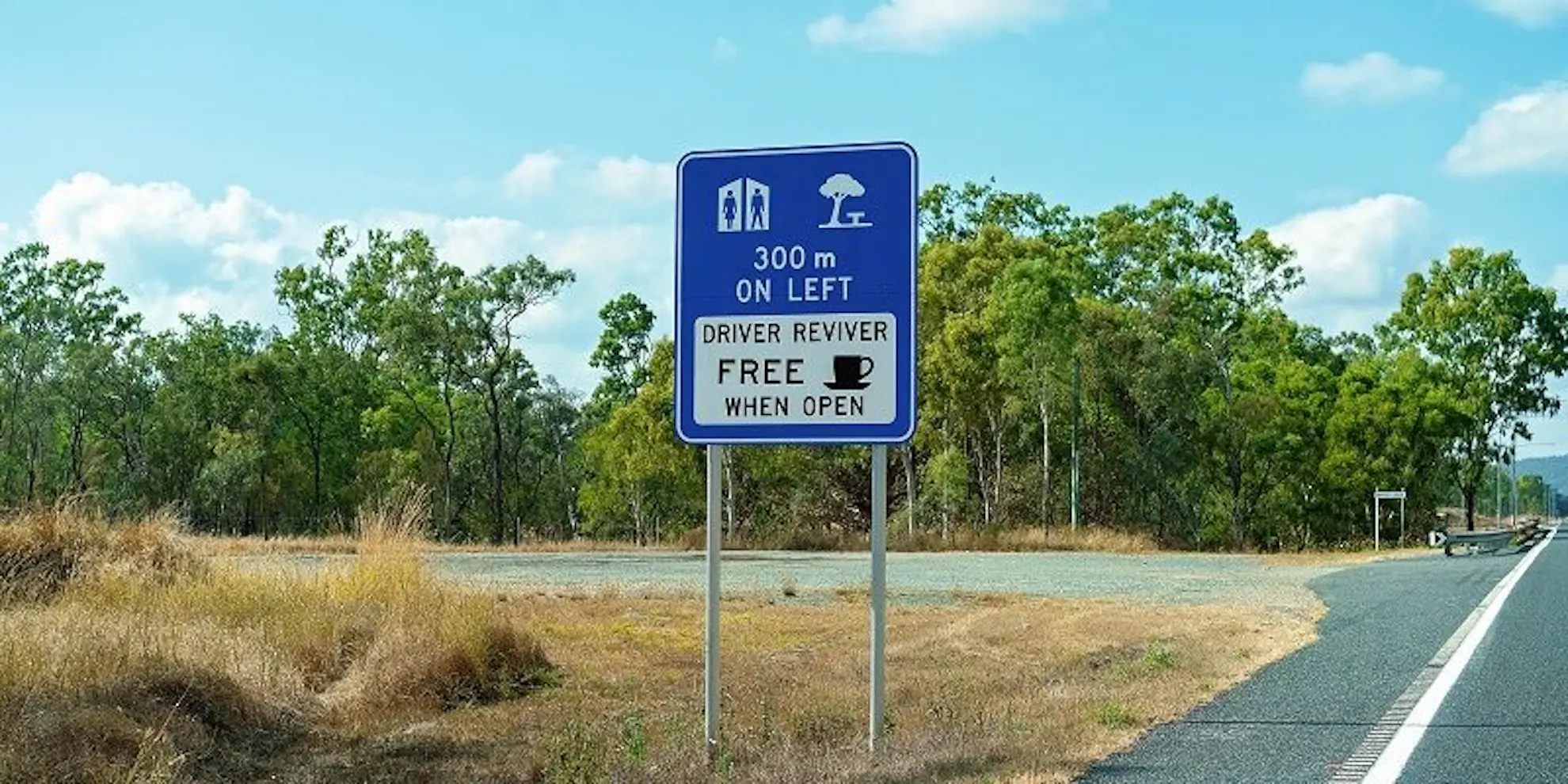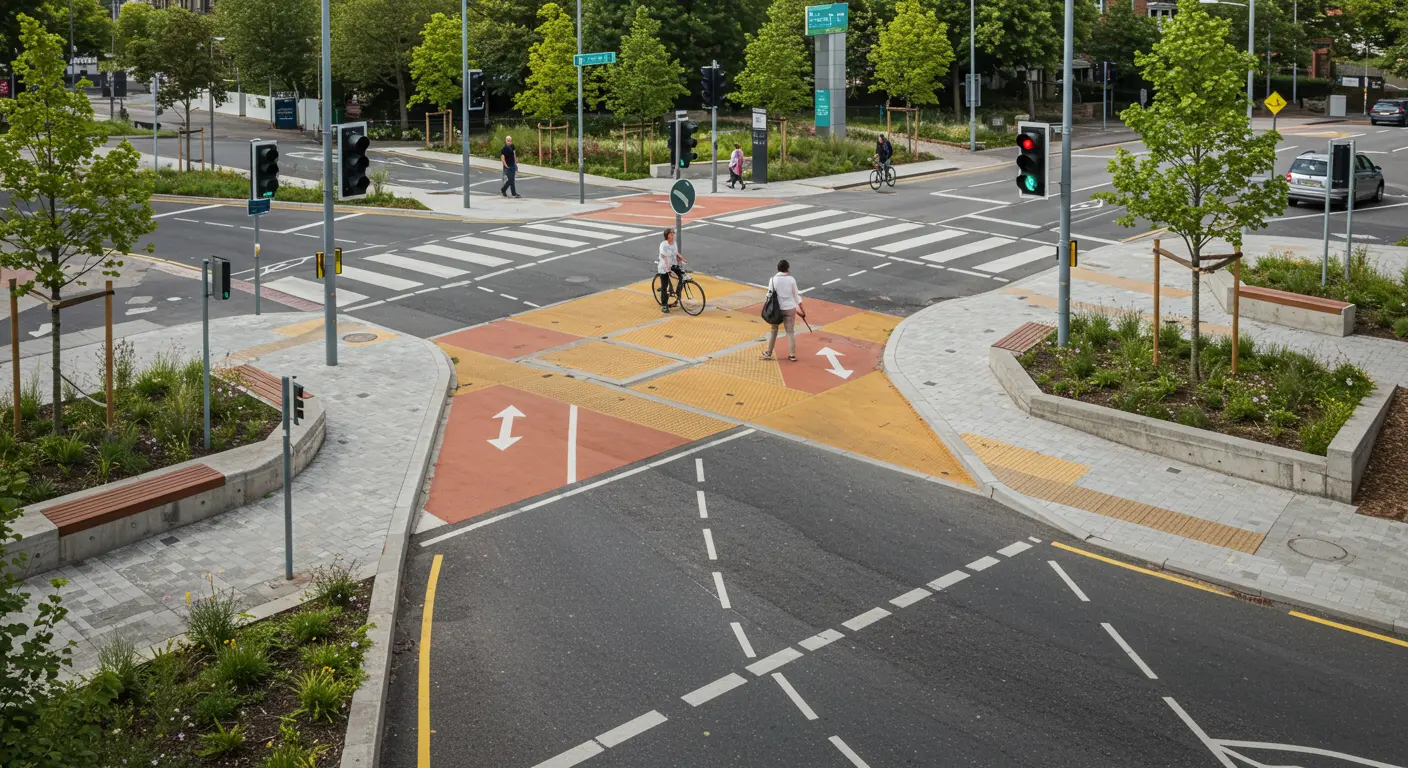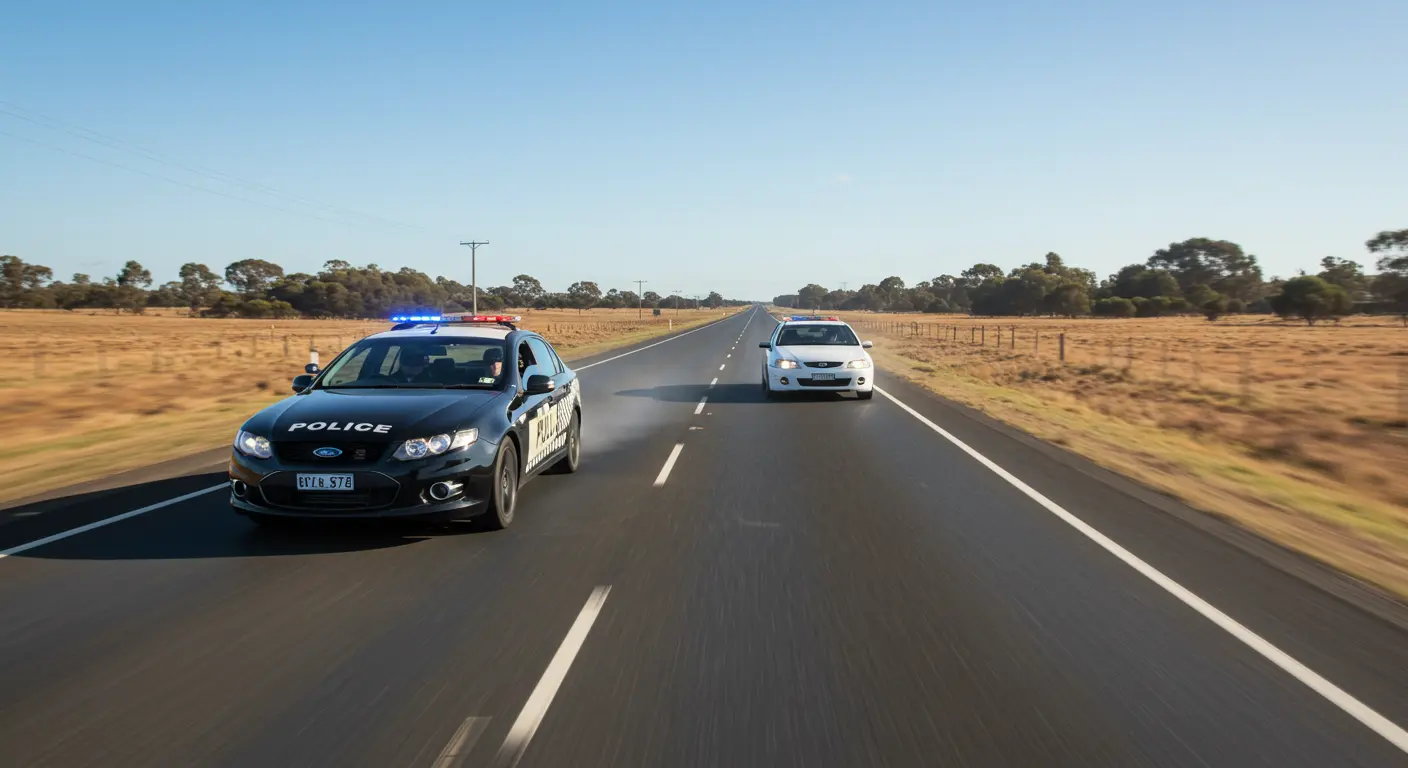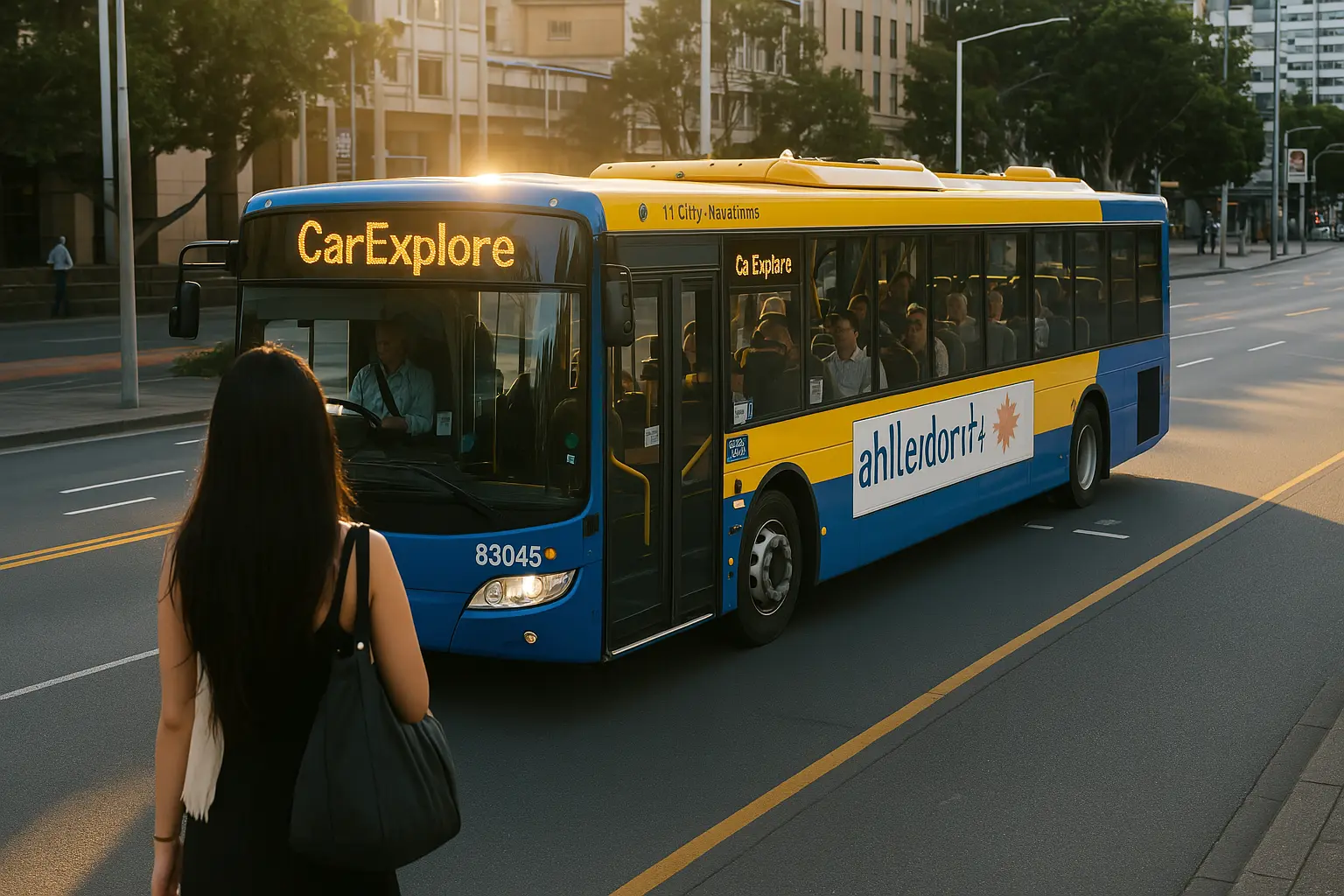The NSW Government is issuing a stark warning to road users as fatigue-related crashes continue to claim lives at an alarming rate. A shocking 47% rise in fatalities linked to driver fatigue has authorities ramping up efforts to combat the issue during National Driver Fatigue Week, running from February 21-27.
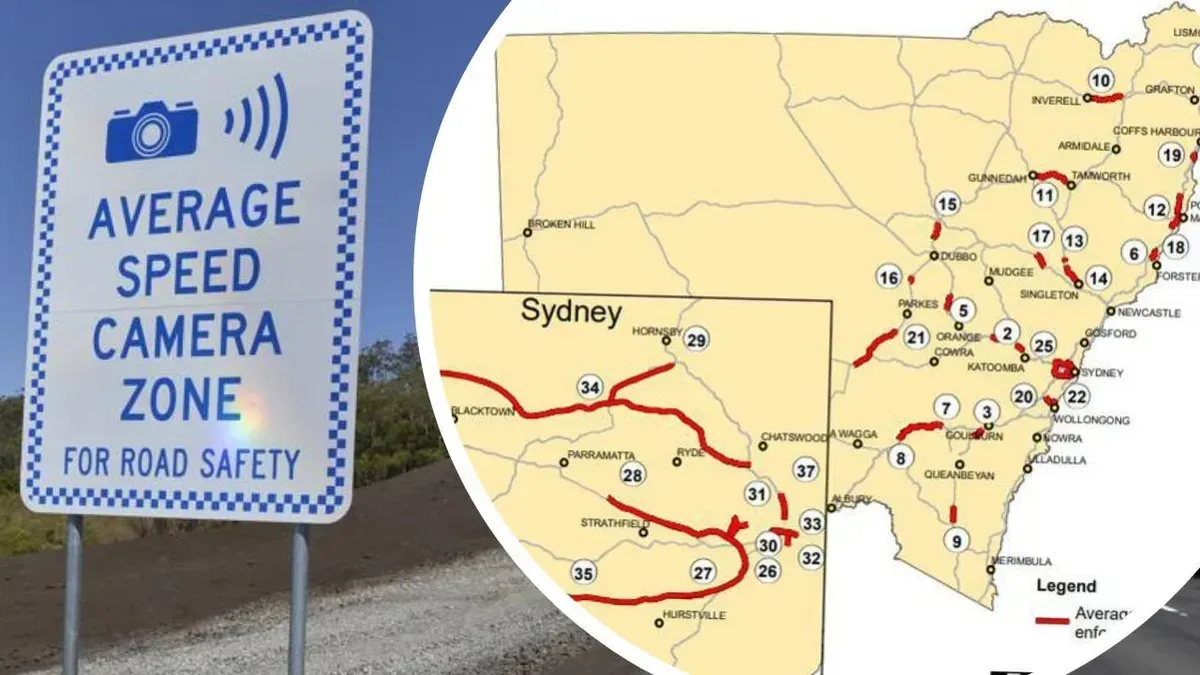
Fatigue: The Hidden Danger on NSW Roads
In 2024, 78 people lost their lives in fatigue-related crashes across NSW, a sharp increase from 53 deaths in 2023. This preventable cause of accidents now stands alongside speeding, drink driving, and drug driving as one of the leading killers on NSW roads.
The risk is particularly high on regional roads, where 69 out of 78 fatigue-related deaths occurred in 2024. Heavy vehicle drivers are also significantly impacted, accounting for 26% of these fatalities despite making up only 2% of total motor vehicle registrations.

Government Action to Combat Fatigue
To address the growing crisis, the NSW Government is investing in several key road safety initiatives:
- $1 billion in lifesaving infrastructure upgrades on regional and metropolitan roads through the Towards Zero Safer Roads Program.
- $46 million for 2,700 kilometers of rumble strips to help prevent fatigue-related crashes.
- 673 signposted rest areas maintained statewide, with a new rest area being built on the Newell Highway north of Narrabri.
- $11.9 million investment in heavy vehicle rest stop upgrades under the Heavy Vehicle Rest Stop Minor Works Program.
- Support for 56 volunteer-run Driver Reviver sites, offering free refreshments to motorists traveling during holiday periods.
- High-visibility public awareness campaigns, including the ‘Don’t Trust Your Tired Self’ initiative.
- A trial of average speed cameras for light vehicles, launching in 2025.
- Upgraded mobile phone detection cameras, now identifying seatbelt offenses as well.
- Doubling roadside enforcement sites for mobile speed cameras, with 2,700 new locations available for deployment.
How to Stay Safe and Avoid Fatigue on the Road
Authorities are urging all drivers to recognize the early signs of fatigue, which include:
- Frequent yawning
- Restlessness
- Heavy or sore eyes
- Slower reaction times
If you notice any of these symptoms, pull over immediately in a safe location and take a break. NSW provides numerous rest stops for drivers to recharge, reducing the risk of preventable accidents.
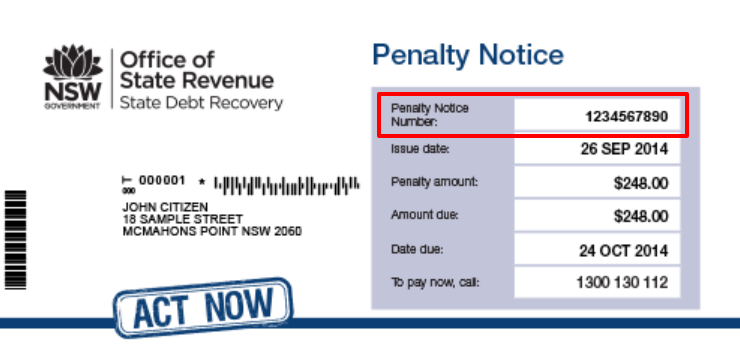
Expert Advice: Plan Your Trips Wisely
Minister for Regional Transport and Roads Jenny Aitchison emphasized the importance of driver awareness and proactive planning:
“Driving on country roads often involves covering long distances at higher speeds and sharing the road with heavy vehicles, increasing the risk of fatigue. If you start feeling tired behind the wheel, pull over, stretch your legs, and take a power nap at one of the many rest areas available across NSW.”
Experts also recommend:
- Getting a full night's sleep before long drives.
- Avoiding driving late at night or early in the morning, when your body naturally wants to sleep.
- Taking regular breaks every two hours on long trips.
- Switching drivers if possible to share the workload.
Final Warning: Don’t Risk It
Fatigue doesn’t just affect long-haul truck drivers, it’s a risk for anyone behind the wheel. Whether commuting to work or taking a road trip, ignoring the signs of fatigue can be deadly.
For more information and tips on how to combat fatigue, visit the Power Nap website: PowerNap.org.au.
Stay alert, take breaks, and arrive alive.
Let our experts do the hard work so you can drive away with the best price. Start exploring today. Find out more!
